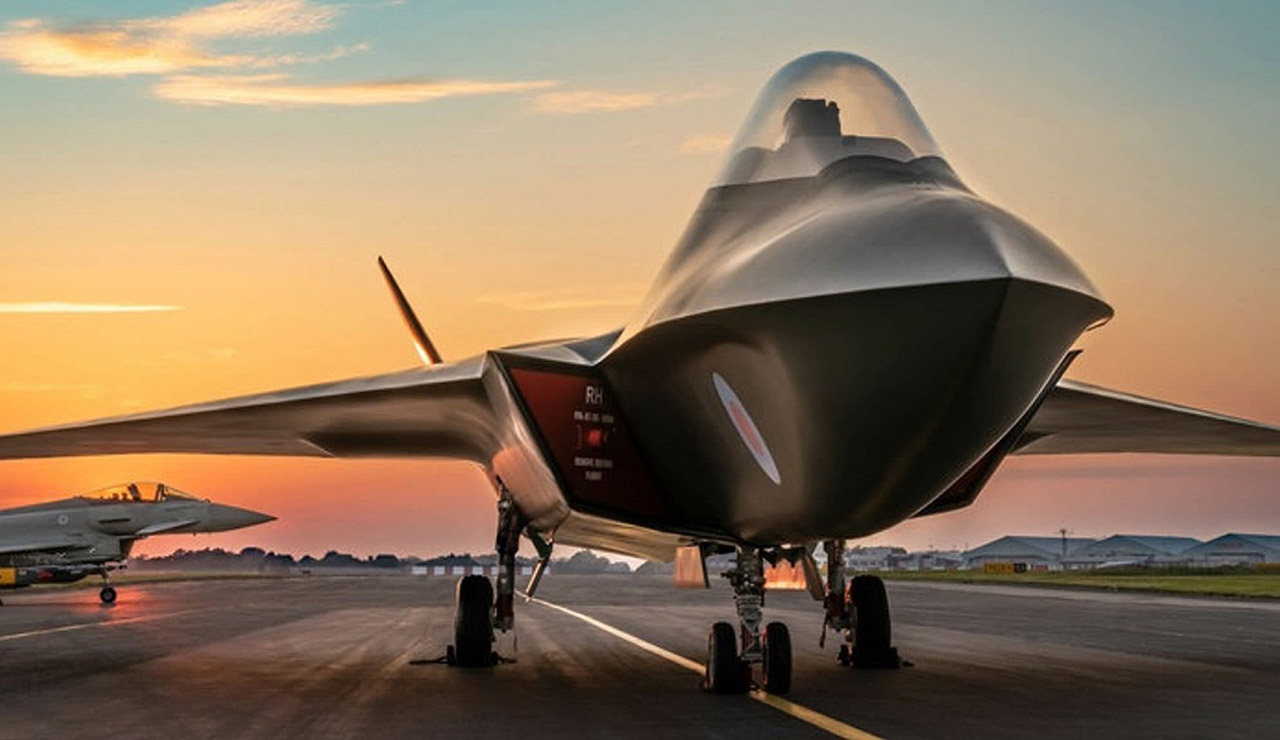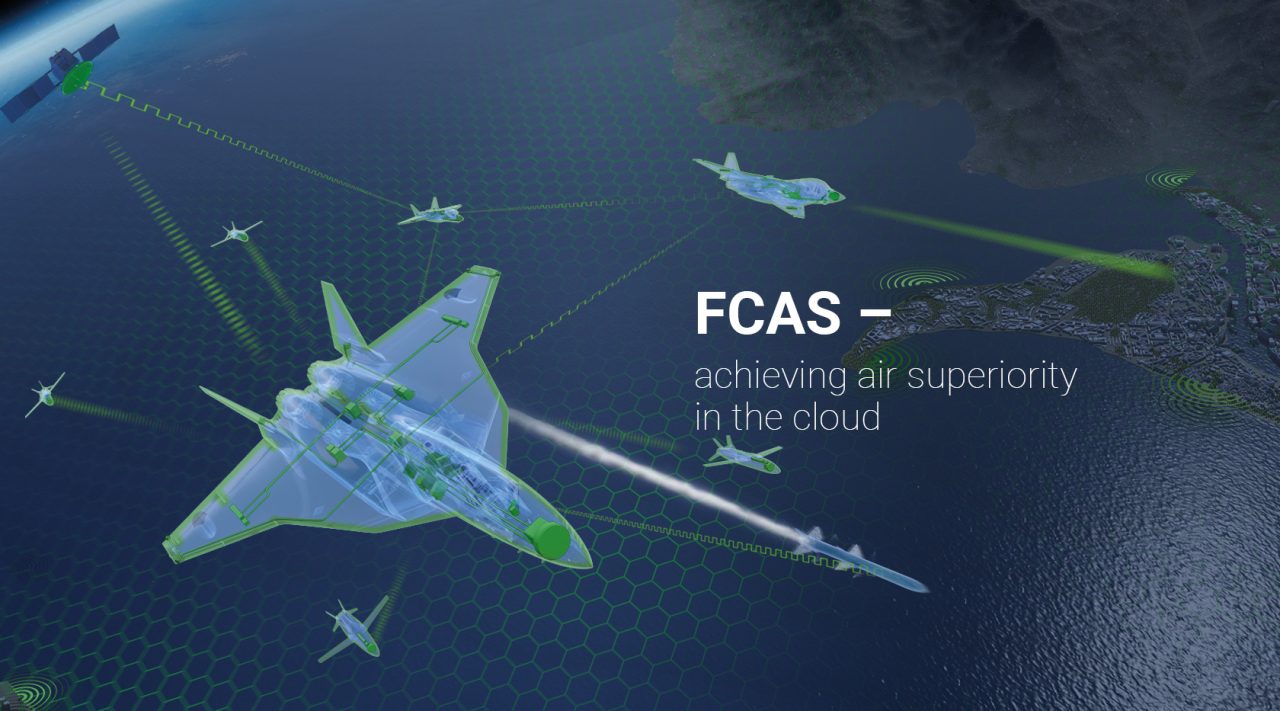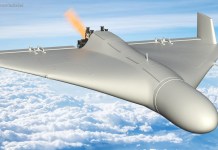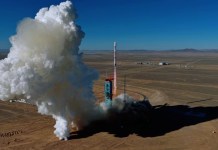OPED By AMB Gurjit Singh
The Prime Ministers of Japan, Italy, and the United Kingdom, in a joint statement on December 9, announced the Global Combat Air Program (GCAP), essentially to integrate the ongoing projects to produce a futuristic Tempest aircraft.
The Tempest project in the UK is supported by Italy and the F-X program of Japan, which is producing its own new aircraft now.
Given the closeness with which Japan acts under the United States’ patronage and support, it is quite unusual for Japan to make an effort for a defense project like this without including the US. The GCAP is historic in that sense.
Perhaps, the GCAP will have lessons for bringing the US into the project subsequently. That is because it is uncertain that given Japan’s rising defense expenditure, the US would like to lose a lucrative market among its allies.
For instance, even Germany, with its increasing defense expenditure, has ditched the Eurofighter Typhoon program to buy the US-made F-35, which Japan will also procure.
Analysts have pointed out, largely based on a press briefing held in December by officials of Japan’s defense ministry dealing with the Acquisition Technology and Logistics Agency, that the time taken to produce the new aircraft is one of the important factors in the development of this tripartite alliance for the GCAP.
Japan’s Measured Choice Outside US Ambit
Mitsubishi Heavy Industry made a choice to partner with BAE Systems, which is already working with Leonardo of Italy. Here, the Japanese side felt that the F-X and Tempest programs had similar objectives and were better aligned in their production plans.

The US has so far not been in the fray for partnering Japan to develop the next generation fighter, perhaps because the Americans believe that whatever they develop would be sold to Japan.
In Japan, the F-X fighter aircraft program has Mitsubishi Heavy Industries as the core. Their seven subcontractors include Mitsubishi Electric, Fujitsu, NEC, Toshiba, Kawasaki Heavy Industries, and IHI.
The initial market in Japan for the new plane would be to replace the existing 91 MHI F 2 multirole aircraft of the Japan Air Self-Defense Force (JASDF) by 2035.
On the European continent, the Tempest is part of the future combat air system, which BAE Systems and Leonardo are developing along with the Rolls-Royce for the engines and the MBDA for missiles.
Another aspect is that the three countries share their regional requirements for such a fighter aircraft. For island countries like Japan and the UK, a multirole stealth fighter with long-range and twin-engine provides better opportunities to determine air superiority.
Both are keen that the GCAP should produce a high-quality fighter but in a cost-efficient manner.
Japanese officials indicate that the sensor and networking capabilities of the GCAP would be superior to the US F-35 and the European Eurofighter and thus provide a technology leap for their requirements in the next two decades.
This common effort by three middle-level powers is also aimed at reducing the costs of development and the risks of technology obsolescence through joint efforts.
Currently, the development of new fighter planes is so expensive that individual countries other than the US or China do not find it worth the effort to do so. Other countries, that produce such aircraft generally do so under license.
The UK had already been left out of the France-Germany-Spain New Generation Fighter program, as had Italy. For them, therefore, to find partners in the Indo-Pacific, which is also part of the Quad and seems to have better availability of funds under the revised national security strategy, is attractive.

Another aspect is that Japan has had poor taste in collaborating with Lockheed Martin on developing the F2. Lockheed Martin was always reluctant to share restricted information on their technology, including source codes.
Japan found this troublesome since they could not modify the planes that were with the JASDF, both in the case of the newer F2 developed by MHI and the earlier F15s.
The UK offered to Japan a more equal partnership with joint research. Design for the engine and radar are of interest to Japan since these sectors had been those which Lockheed Martin had controlled during the F2 development process.
There is a sense of equal responsibility and opportunity between Italy, Japan, and the UK, which has brought them together.
Where are the markets for such a new aircraft?
Europe, Southeast Asia Are Markets For New Jet
The initial bucket is the Japan Air Self-Defense Force. The UK and Italy may also add to their air forces as their earlier generation of aircraft is phased out.
However, the UK and Italy expect to export the new fighter to the growing European market under NATO, particularly because defense expenditures are increasing since the Ukraine crisis.
This would benefit them only if the fighter was cheaper than what the France-Germany-Spain NGF offers.
Japan is hopeful that it could export the plane to Southeast Asia, for instance, since it has increased its exposure of defense equipment to that region. However, Japan’s efforts have largely been grant-based, and the growth of defense purchases in Southeast Asia has largely come from Korea, Turkey, and India
At present, the three governments intend to create a joint venture of three companies. The sixth-generation fighters are the ones who are anticipated to be at the core of network-centric warfare, which would perhaps show efficiency in bringing together various branches of the military-industrial complex.
Sweden was an “observer” in Europe’s Future Combat Air Systems (FCAS) program, a technology initiative established in 2018 to conduct sixth-generation combat air research and development. It signed with Japan an ‘Agreement on the Transfer of Defense Equipment and Technology’ in December 2022, a fortnight after GCAP was announced.
The new jet is likely to use an open architecture operating system. It will provide for relevant upgrades of its components and weapon systems, all of which will be produced among the three companies.
This is keeping in view that the sixth-generation fighter is expected to be an important element in air armaments till 2075 and, therefore, would require upgradation as technology improves.
If the UK is seen as competing with the European Union in some ways, then this fighter jet program is perhaps another instance because France, Germany, and Spain have also decided to together develop another fighter jet to replace the French Rafales and the Eurofighters by 2040.
The interesting part about both the AUKUS submarine and the fighter project is that they have two NATO members, each joining one member of the Quad, Australia for AUKUS, and Japan for the fighter project.
While the fighters and the submarines involved would have interoperability with American systems, the US perhaps sees these surrogate developments with interest and is happy that not only its NATO allies but also its Quad partners in the Indo-Pacific are joining these co-development projects.
In a statement on the eve of the GCAP agreement, the US Department of Defense said: “the United States supports Japan’s security and defense cooperation with likeminded allies and partners, including with the United Kingdom and Italy – two close partners of both of our countries – on the development of its next fighter aircraft.” It, however, keeps its options open for further parallel collaboration with Japan.
- Gurjit Singh is a former Ambassador to Germany, Indonesia, Ethiopia, ASEAN, and the African Union Chair, CII Task Force on Trilateral Cooperation in Africa, Professor, IIT Indore.
- Contact EurAsian Times at etdesk@eurasiantimes.com
- Follow EurAsian Times on Google News




